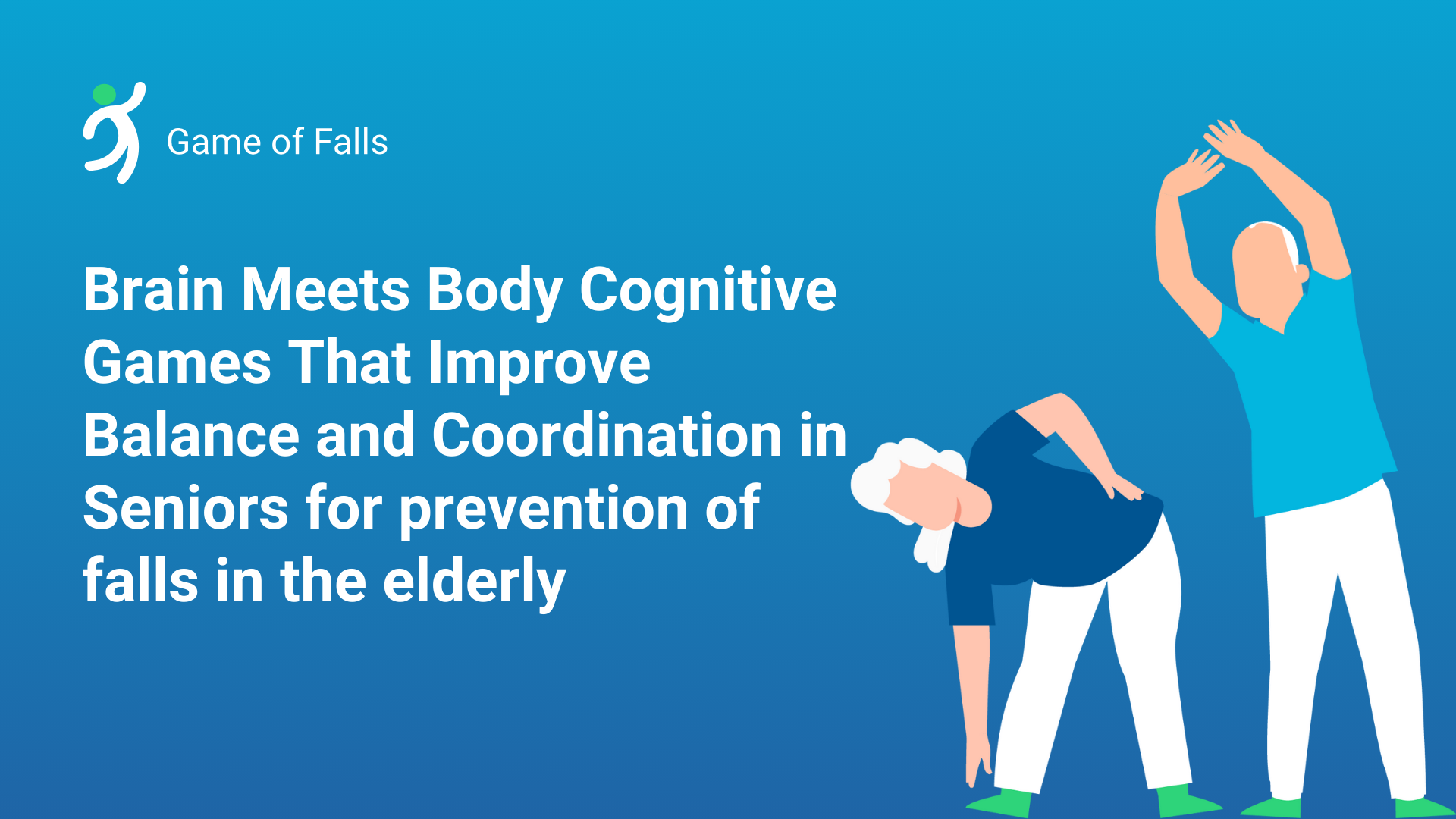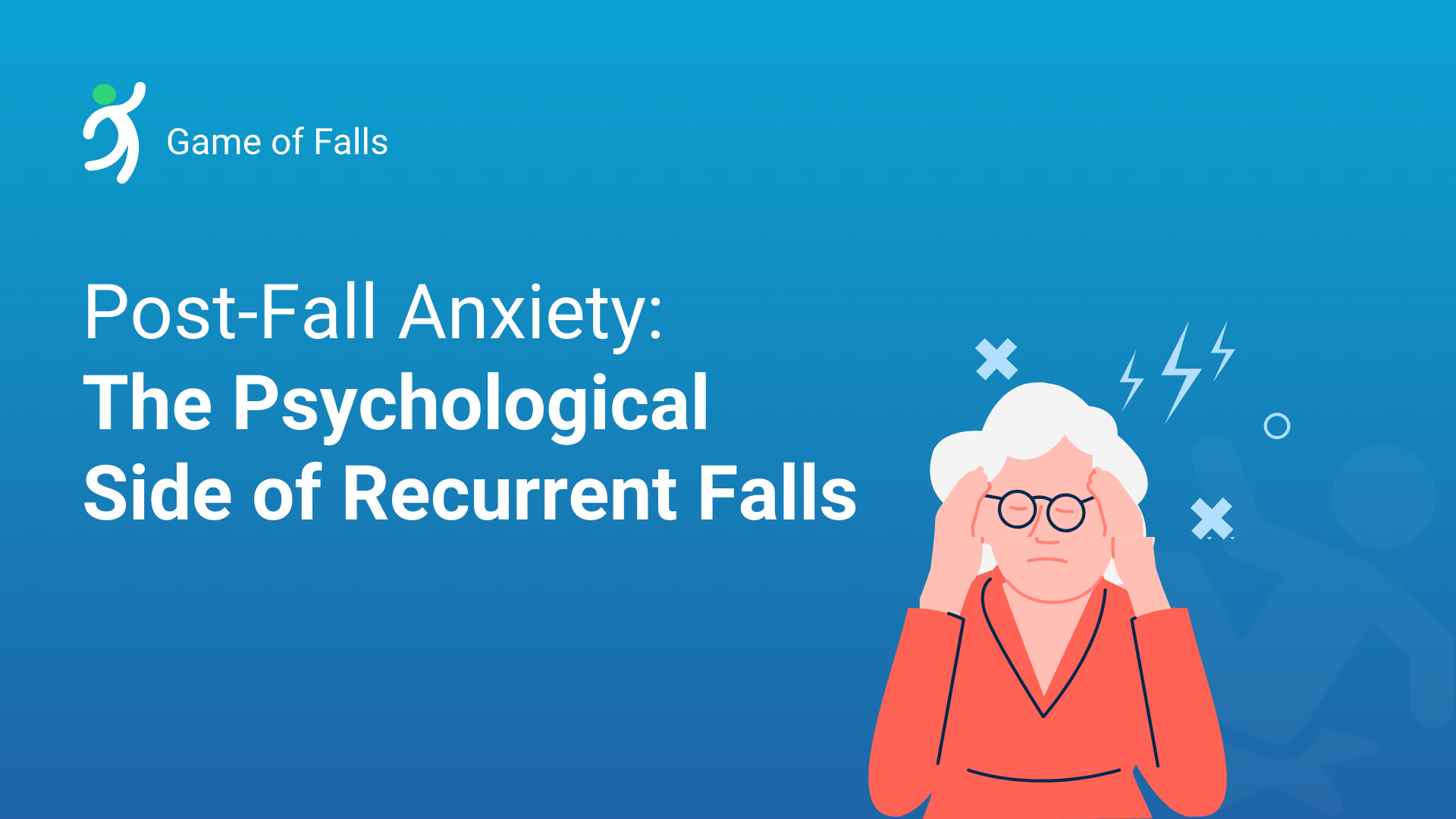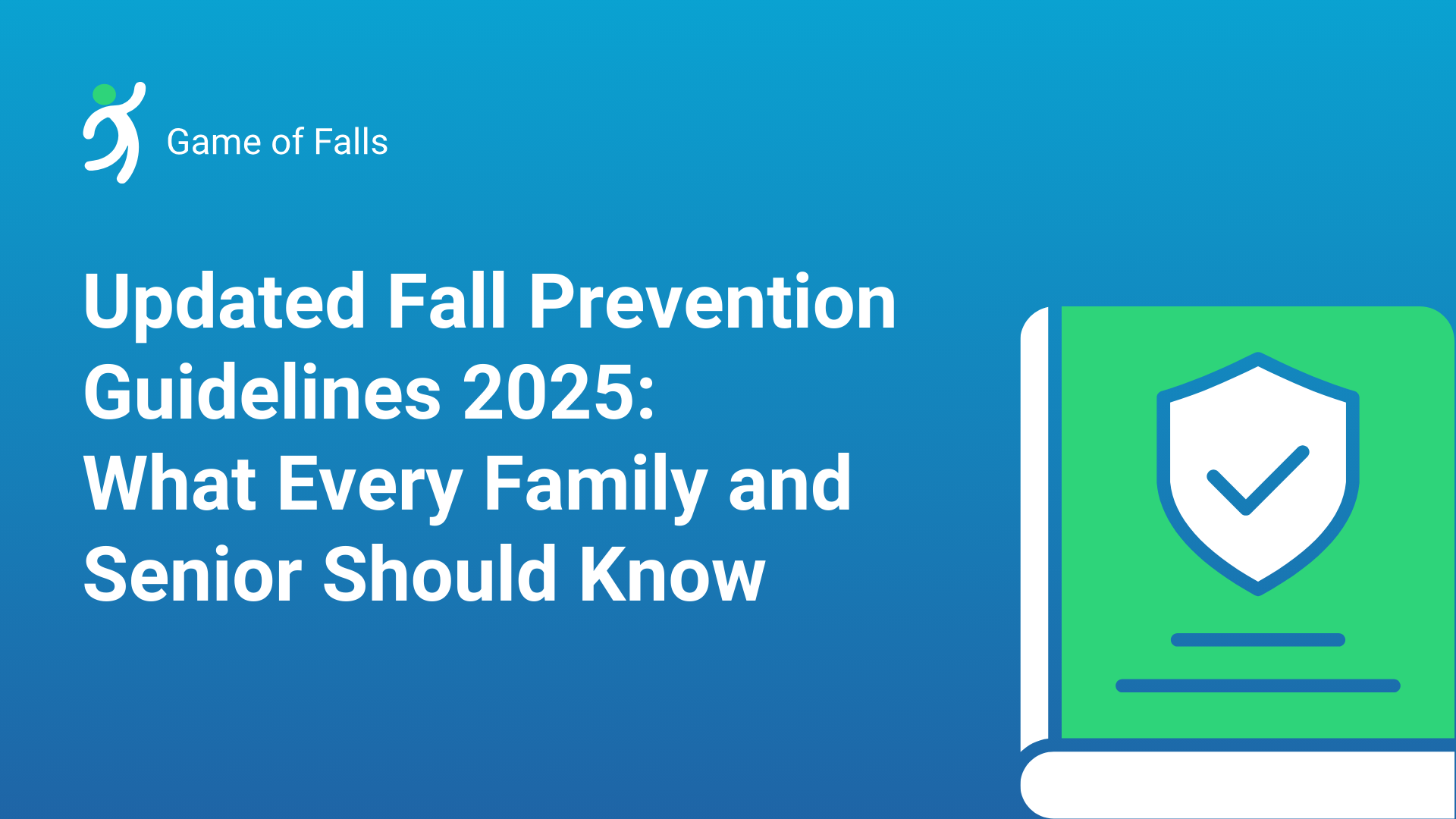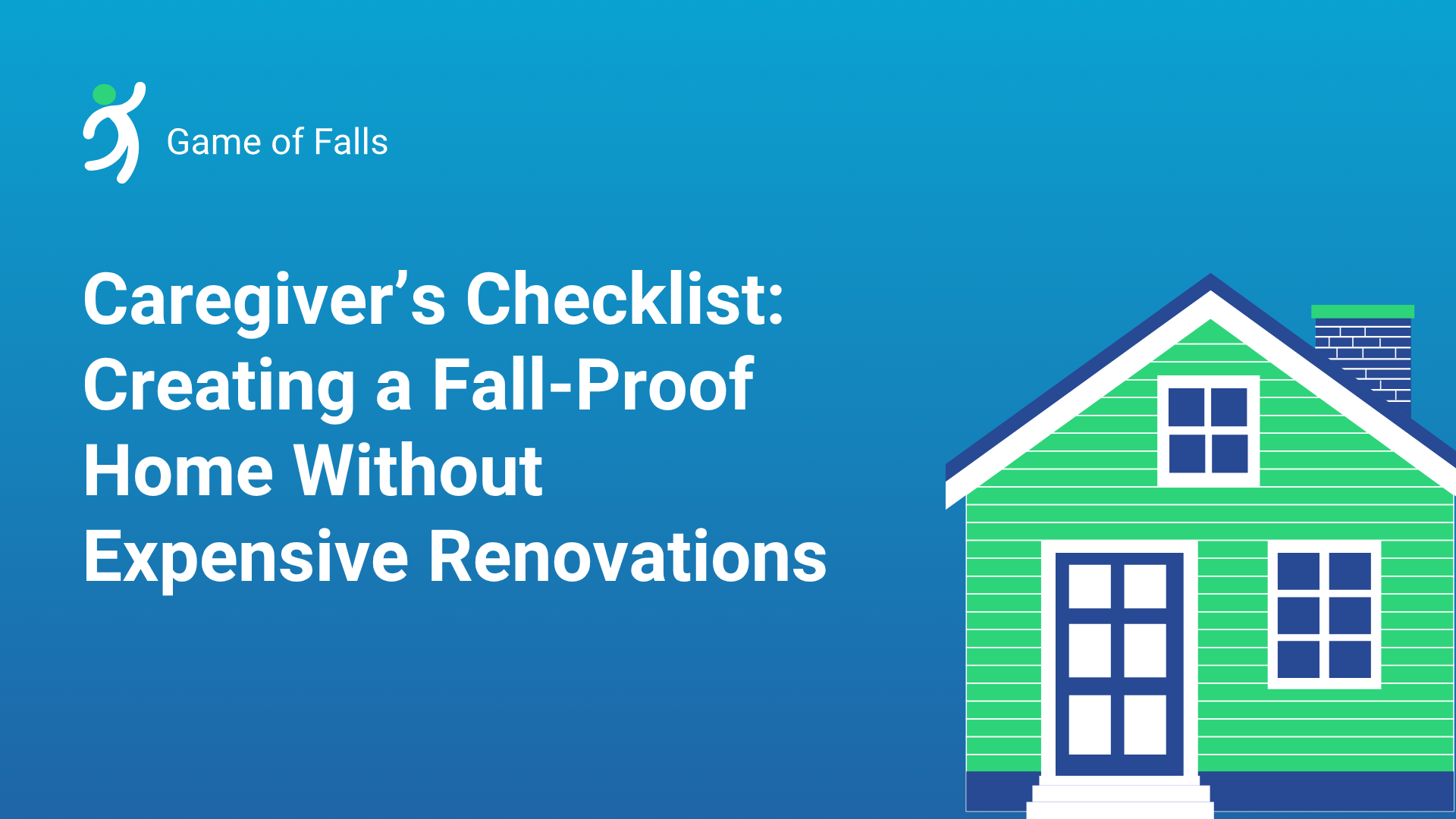
Have you ever found yourself worried about an older family member taking a tumble—and all the potential impact that might bring? Falls aren’t just minor mishaps; they are a top cause of injury among older adults that can lead to hospital stays, a serious loss of independence, and emotional stress for everyone involved. Although we try our best with traditional fall prevention strategies—like one-size-fits-all exercise routines or simple home adjustments—these approaches often miss the mark since they don’t consider each person’s specific risk factors.
But picture this: what if there was a more intelligent and customized way to help keep our seniors safe? Thanks to some pretty amazing strides in artificial intelligence (AI), fall prevention for seniors is entering a new era. AI fall detection technology is changing the game, making it possible to not just foresee falls but also prevent them. With the ability to deliver individualized risk assessments and personalized exercise plans, AI is paving the way for a fresh approach that truly meets the unique needs and lifestyles of older adults. Stick around to discover how AI is making a real difference in fall prevention for seniors!
Grasping the Prevalence of Falls Among Seniors and Why We Need to Prevent Them

Falls are a significant concern when it comes to senior health. Many of these falls lead to serious injuries like fractures, head injuries, or, in the worst cases, even death. The repercussions don’t just stop at physical damage; falling can shake a senior’s confidence, limit their mobility, and make them more reliant on caregivers.
The financial impact is no small matter either. Families and healthcare systems end up spending billions each year on treatments and rehabilitation related to falls.
While traditional prevention methods—like group exercises or home safety checklists—play a vital role in fall prevention, they often miss the mark when it comes to addressing individual needs. Here’s why:
- Diverse Health Profiles: Seniors come with a mix of health conditions and mobility levels that simply aren’t covered by a generic plan.
- Varied Living Environments: Each person’s home can present different hazards that need to be evaluated on a case-by-case basis.
Because of this variety, a one-size-fits-all approach just doesn’t cut it. What we really need are personalized prevention plans that take into account unique risk factors, such as:
- Medication use
- Chronic conditions
- History of previous falls
These tailored strategies are essential for managing risks effectively and helping seniors maintain their independence in the long run.
How AI Technology is Changing the Game in Fall Risk Assessment

Artificial intelligence is stepping in to redefine how we figure out fall risks for seniors. Gone are the days of simply relying on checklists or short clinical evaluations; AI fall detection technology systems are taking a more comprehensive approach. They evaluate a ton of data, from medical records and wearable devices to daily activity levels and even environmental factors.
With the magic of machine learning, these systems can spot subtle changes in a person’s movement, balance, or behavior that might signal an increased risk of falling. Here are some ways AI is making a difference:
- Continuous Monitoring: AI can keep tabs on how a senior walks, picking up on slight shifts in walking speed or stride length.
- Proactive Alerts: If the system detects any potential issues, it can raise a flag before a fall happens.
By combining data from various sources, AI fall detection technology creates a thorough, real-time risk profile that is way more reliable than relying solely on subjective assessments.
Recent studies back this up. The accuracy rates for AI in predicting fall risks have exceeded 80%, with some models hitting up to 99% specificity in certain clinical environments.
So what does this mean in real-world terms? AI can spot high-risk individuals earlier and more reliably, which gives caregivers a chance to implement targeted interventions before an accident occurs. Plus, AI-driven assessments help tackle the issue of underreporting of falls, which is pretty common since many seniors might forget or choose not to mention smaller incidents. By automatically logging and analyzing every detected fall, these systems ensure that no warning signs go unnoticed!
How AI is Crafting Personalized Exercise Plans

AI is doing more than just spotting risks; it’s on a mission to change the prevention game with customized exercise programs! These smart algorithms go into each senior’s health data, fitness level, mobility, and even personal preferences to create exercise routines that are both safe and beneficial.
Using tools like wearable sensors or smart fitness apps, these systems keep track of how seniors are performing in real time. They can tweak the intensity or suggest different exercises on the fly based on how someone is doing.
For example, if a senior finds balance challenging, the AI might suggest specific stability exercises such as:
- Single-leg stands to strengthen coordination
- Tai Chi-inspired movements for better control and fluidity
And if joint pain is part of the equation, the program could easily switch to gentler routines, like:
- Water aerobics that provide resistance without impact
- Chair-based strength training for a controlled workout experience
In this way, AI fall detection technology helps ensure that exercise remains not just productive but also accessible and enjoyable for seniors!
How AI Tailors Workouts for Seniors
Adapting to Individual Needs
AI-powered workout programs evaluate someone’s strength, flexibility, and endurance before suggesting exercises. By using wearable sensors or smart fitness apps, the AI keeps an eye on how users perform in real time, making adjustments to the intensity as needed.
For our seniors, this means getting exercises that fit their capabilities perfectly. Here’s what they might be doing:
- Gentle stretching to improve flexibility
- Low-impact cardio to get the heart pumping
- Resistance training to build strength safely
The cool part? The AI keeps an eye on overexertion, which helps make workouts both safe and effective!
Focusing on Stability and Fall Prevention
Falls pose a serious risk for older adults, so AI workouts concentrate on improving stability, posture, and coordination. With motion tracking, the system can also help correct any imbalances.
Virtual trainers can walk users through specific exercises designed to enhance their balance, including:
- Single-leg stands to strengthen stability
- Chair squats for building lower-body strength
- Tai Chi-inspired movements for better control and fluidity
Adapting and Tracking Progress in Real-Time
Unlike plain old workout plans, AI fall detection technology is constantly learning and adapting. If a senior finds themselves struggling with a certain exercise, the program can easily tweak the difficulty or suggest a different one that might be a better fit.
Some platforms go the extra mile, providing voice-guided instructions and visual demos to help ensure everyone can keep up with their workouts easily.
Reducing Strain on Joints with Gentle Routines
AI is great at picking joint-friendly exercises for seniors who may be dealing with arthritis or other mobility challenges. Typical workouts might include:
- Water aerobics, which offer resistance while being easy on the joints
- Seated strength exercises that allow for controlled movements
- Stretching routines aimed at relieving stiffness
These personalized plans support seniors in staying active, all while taking care of their joints!
Conclusion
Artificial intelligence is truly changing the game in senior care by making fall prevention smarter, safer, and more personal. With advanced risk assessments and customized exercise plans, AI is helping seniors hold onto their independence and overall well-being, while also giving their families some much-needed peace of mind.
If you have a loved one who might be at risk, now’s the perfect time to check out AI-based fall prevention tools—and don’t forget to share this valuable information with others who could benefit from it. The future of keeping our seniors safe is here, and it’s all driven by incredible innovation!
Think of the brain as the conductor and the body as the orchestra. When they stay in rhythm, every step lands with confidence. Cognitive games train that rhythm by blending thinking with movement. You learn to notice hazards, choose safe actions, and move with intent. Cognitive training supports attention, memory, and decision speed. These skills […]
The conversation about falls in the elderly often revolves around physical injuries, but there’s another side to this story: the silent, creeping fear that can tiptoe into seniors’ lives post-fall. This anxiety does more than cloud the mind; it can withdraw a person into a shell of inactivity and solitude, paving the way for more […]
Falls among older adults remain a top public health concern in the United States. They cause serious injuries, loss of independence, and even death. To address these challenges with fresh focus and innovation, the US has introduced updated Fall Prevention Guidelines in 2025. These new recommendations offer families and seniors actionable strategies to prevent falls […]
For many seniors living in the U.S., home isn’t just a place; it’s a feeling. Until a fall happens. Falls can be a huge deal for older adults, and they’re actually the top cause of injuries in this age group. The good news, though, is that most of these tumbles happen at home, and with […]





